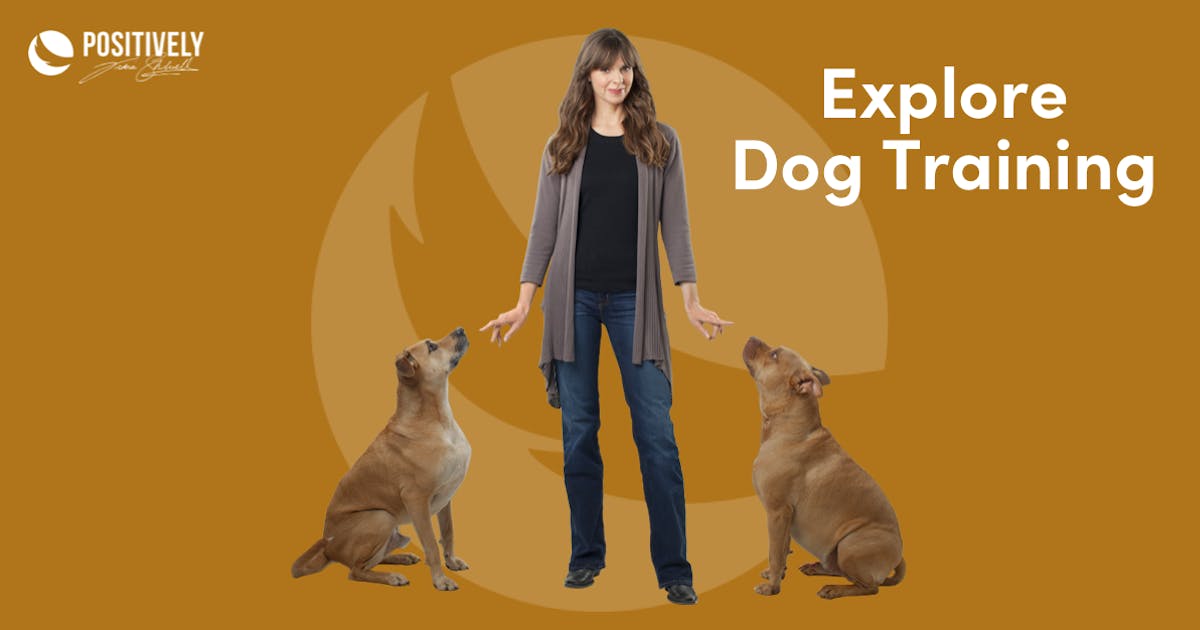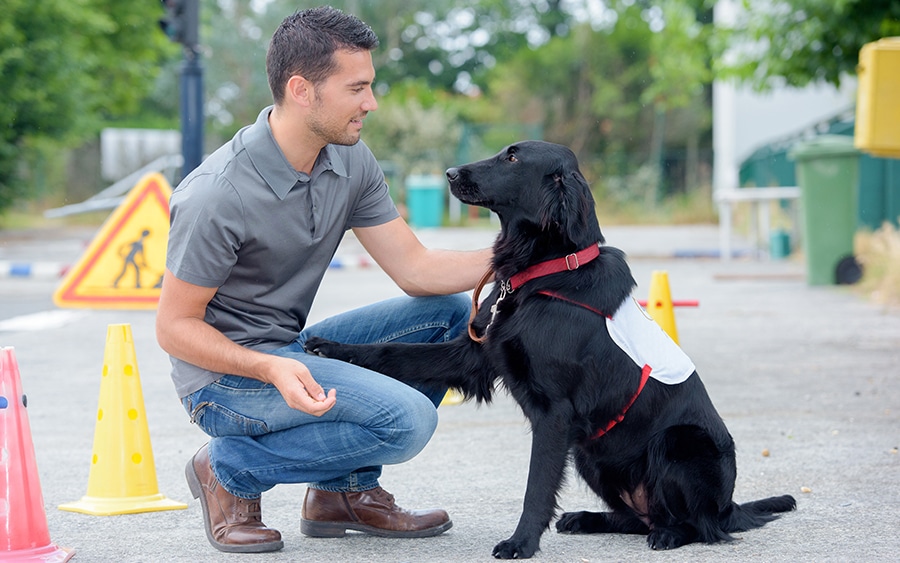Effective Puppy Training to Help Your Pet Grow into a Well-Behaved Adult Dog
Effective Puppy Training to Help Your Pet Grow into a Well-Behaved Adult Dog
Blog Article
Novice's Guide to Effective Dog Training at Home
Efficiently training a dog in the house calls for a nuanced understanding of canine actions and reliable communication techniques. Developing clear training goals, utilizing high-grade rewards, and maintaining uniformity across family members are vital elements. Furthermore, incorporating training right into day-to-day routines can improve both involvement and retention. However, several amateur instructors experience challenges that may hinder development. To navigate these intricacies successfully, it's vital to explore numerous crucial elements that can change your method and bring about an unified partnership with your pet dog. What basic principles should every newbie grip to guarantee success?
Comprehending Pet Dog Actions
Recognizing pet behavior is vital for efficient training and fostering a harmonious connection in between humans and their canine friends - Puppy Training. Canines connect mainly through body movement, vocalizations, and facial expressions, making it essential for owners to translate these signals properly. Identifying behaviors such as tail wagging, roaring, or shrinking can supply understandings right into a dog's mood and intentions
Furthermore, comprehending the natural impulses of pet dogs, such as their pack mentality, helps proprietors develop management duties within the household. This is vital for developing a structured environment where dogs really feel safe and are much more receptive to training. Pets are likewise affected by their socialization experiences; early direct exposure to various environments, individuals, and other animals can considerably shape their habits later on in life.
Typical behavior issues, such as aggression, anxiousness, or too much barking, frequently originate from misconceptions or unmet requirements. Observing and dealing with these problems promptly can stop rise and make certain a positive training experience. By cultivating a deep understanding of canine behavior, owners can customize their training techniques to fit their canine friends, eventually bring about a happy and mannerly family pet.

Important Training Tools
A well-equipped training room can dramatically improve the effectiveness of pet dog training at home. Important training tools guarantee that both the trainer and the pet can participate in productive sessions that foster understanding and bonding.

Buying a durable leash and a comfy, well-fitting collar or harness is important for safety and security and control. These tools aid establish limits and guarantee the dog continues to be protected during training. In addition, an assigned training location, cost-free from distractions, help focus for both the trainer and the pet.
Educating help such as training pads, cones, or agility tools can additionally enhance the experience by presenting range and obstacles. Last but not least, having a note pad or digital application for tracking progression can be invaluable, enabling you to note successes and locations for renovation. Making use go to the website of these necessary devices will create a positive training setting and lay the structure for efficient learning.
Developing a Training Routine
Developing a regular training regimen is crucial for effective pet training at home. A well-structured regular not just aids in strengthening desired actions however additionally supplies your pet with a complacency and predictability. To create a reliable training regular, begin by recognizing specific training goals, such as basic commands, chain strolling, or house-breaking.
Choose a designated time each day for training sessions, ideally when your pet dog is receptive and alert. Sessions should be brief, roughly 5 to 15 minutes, to preserve emphasis and stop fatigue. Consistency in timing and atmosphere will enhance your canine's discovering experience.
Include training right into day-to-day tasks to reinforce skills. For instance, technique commands during walks or nourishment, which integrates learning into all-natural regimens. Furthermore, remain flexible and adjust the regular as needed, suiting your pet dog's power levels and mood.
Favorable Support Methods

When executing positive support, it is vital to choose incentives that are encouraging for your dog. High-value deals with, such as little useful reference items of poultry or cheese, can be particularly effective throughout training sessions. Furthermore, varying the benefits can maintain your pet dog's interest and enthusiasm.
Beginning with basic commands, like "rest" or "remain," and slowly progress to much more intricate tasks. Uniformity is key; make sure that all relative utilize the same commands and reward systems to prevent complication.
Additionally, it is important to remain individual and prevent disappointment. Pet dogs, like human beings, find out at their very own rate. By cultivating a supportive training setting via positive reinforcement, you can improve your dog's understanding experience while strengthening the bond between you and your hairy companion, preparing for successful training results.
Usual Educating Difficulties
While training a canine at home can be a satisfying experience, it usually features a collection of typical obstacles that can evaluate both patience and uniformity. One common concern is distraction. Pet dogs may end up being quickly averted by sounds, motions, or also scents in their environment, making it difficult to maintain their emphasis during training sessions.
An additional difficulty is disparity in commands and reinforcement. If relative make use of different signs or rewards, it can hinder and perplex the dog development. Establishing a unified approach is important for effective communication.
Additionally, pet dogs can experience disappointment or stress, especially if they do not understand what is expected of them. This can lead to unfavorable actions, such as chewing or barking.
Lastly, the timing of support is vital. Postponed benefits can lessen the efficiency of favorable support, as dogs may fail to link the habits with the reward.
Getting over these challenges requires dedication, clear communication, and an organized training plan - over at this website Puppy Training. Identifying and resolving these usual obstacles will certainly lead the way for a more effective and pleasurable training experience in the house
Final Thought
In conclusion, effective pet dog training at home necessitates a comprehensive understanding of canine habits and effective interaction techniques. By developing clear training goals and making use of top quality treats along with favorable reinforcement, the training process ends up being extra satisfying for both the trainer and the pet.
Establishing a regular training routine is essential for efficient canine training at home.Positive support techniques are essential to efficient pet training, advertising wanted habits via rewards instead than punishment. By cultivating a helpful training environment through positive reinforcement, you can boost your dog's learning experience while enhancing the bond in between you and your fuzzy buddy, laying the groundwork for effective training end results.
In verdict, effective pet training at home demands a detailed understanding of canine habits and reliable interaction approaches. By establishing clear training objectives and making use of top quality deals with alongside favorable support, the training procedure ends up being extra gratifying for both the trainer and the pet dog.
Report this page